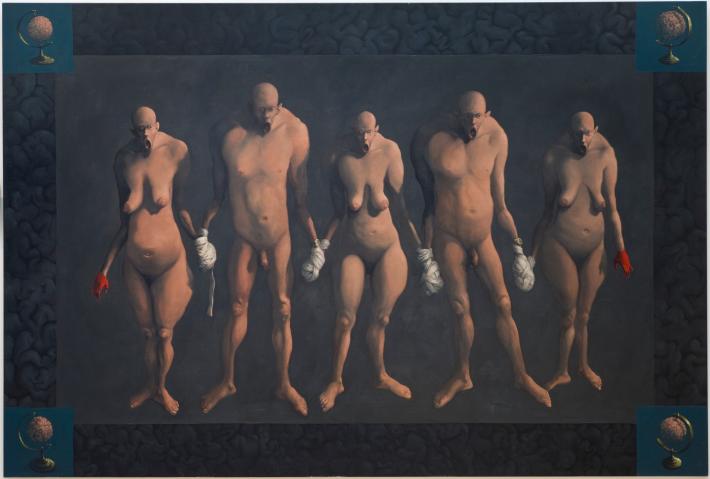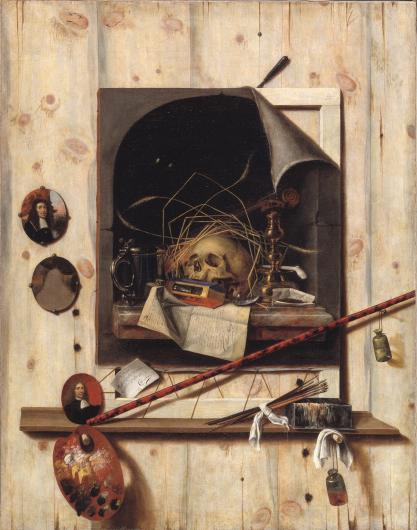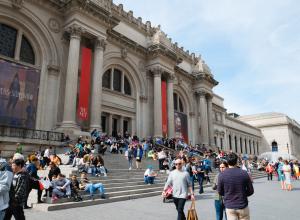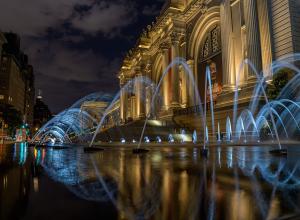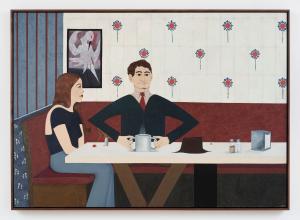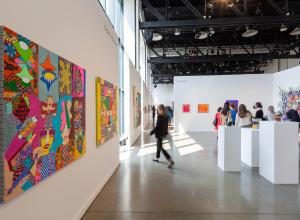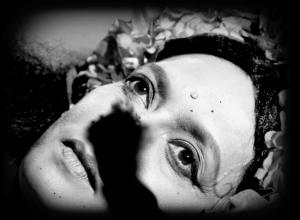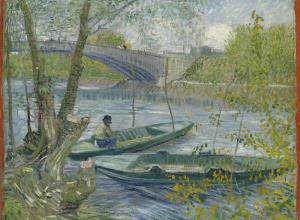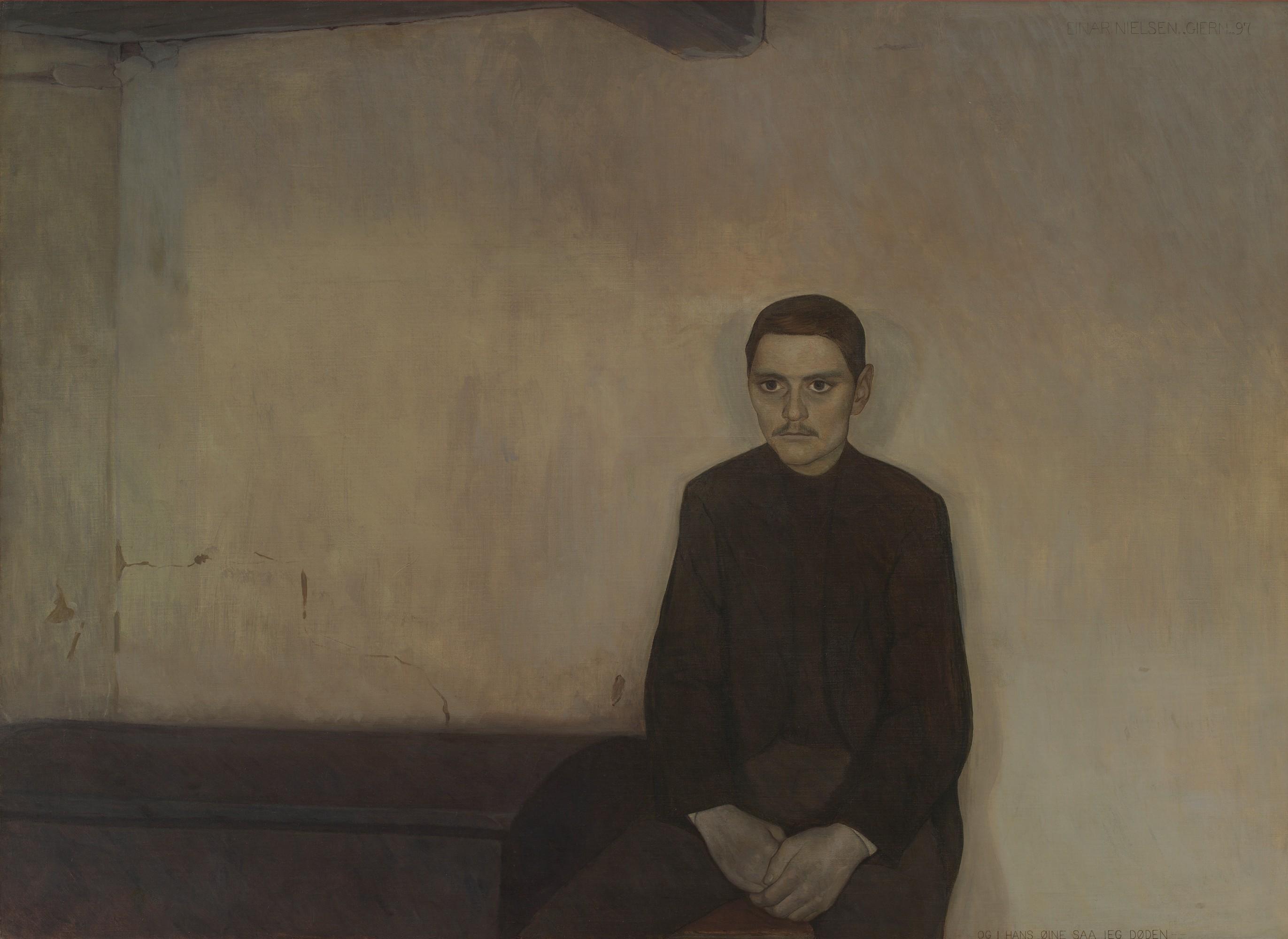
Plague, cholera, tuberculosis, AIDS and corona. With a new initiative, SMK (Statens Museum for Kunst) invites you on a tour through the museum's collection and tells the story of how epidemics over time have affected and changed both the world and art.
On March 12, 2020, large parts of Danish society closed down, and since then Denmark—and the world— have not looked like themselves. The corona pandemic has changed our daily lives, our way of being together, our habits, our thoughts and maybe even our future dreams.
Based on the current world situation, SMK presents a new initiative entitled Nothing as before. Through this, the museum invites you to a walk in the large art collection and unfolds the story of how epidemics have historically changed society and forced people to imagine the world anew.




